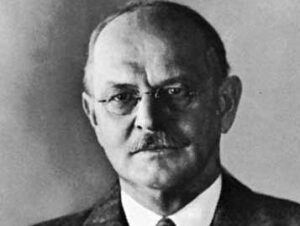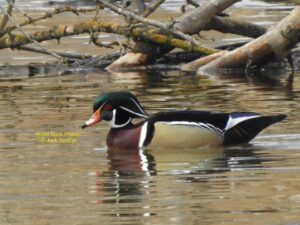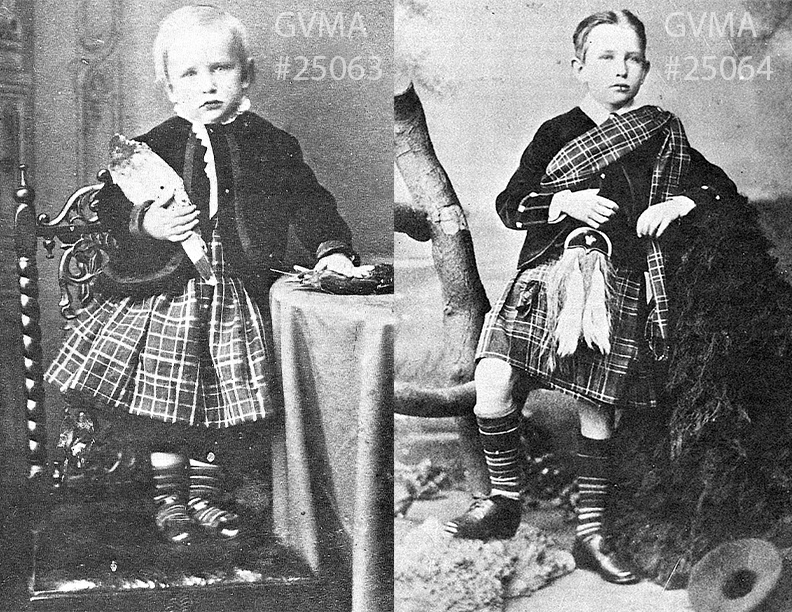

The World’s Longest-Running Citizen Science Project
Around this time each year, hundreds of North Americans participate in Christmas Bird Counts to evaluate the health of their local bird populations in what is the world’s longest-running Citizen Science project. Counts take place in around 2000 locations across the continent, including here in Vernon.
Origins
The tradition began in 1900, when American ornithologist Frank M. Chapman proposed that instead of the long-standing Christmas hunt, birds should be observed and counted in an effort towards conservation. Chapman was a member of the then-nascent National Audobon Society, and it is this organization that continues to direct the project to this day.

The Count is on
Each local bird count is accomplished in the same way: over the course of a single day between December 14 and January 5, groups of volunteers venture out to count and identify all the birds they observe within a 24-diameter zone. The information is then compiled, and sent along to the Audobon Society to contribute towards a continent-wide snapshot of the health of avian populations.
The Vernon bird count is organized by the North Okanagan Naturalist’s Club which was founded in 1951. Although these dedicated birders have not been able to gather as a large group to discuss and celebrate their findings since 2019, they continue to participate in the count and contribute towards the scientific observation of North America’s birds.
To explore more of Vernon’s history, check out our other blog posts!
Gwyneth Evans, Research and Communications Coordinator

